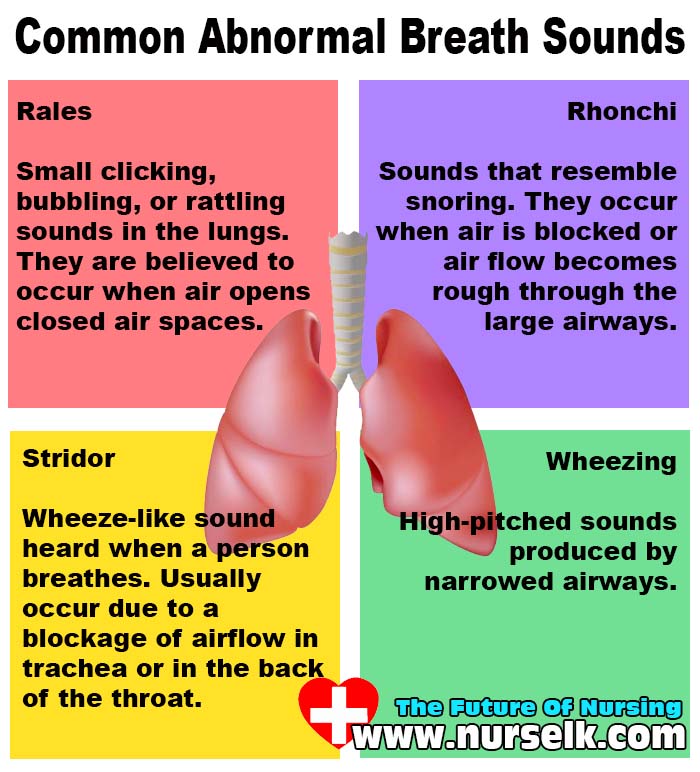


Digoxin is a drug that helps strengthen the heart’s pumping ability. Beta-blockers help slow the heart rate, easing the workload of the heart muscle. Two widely prescribed vasodilators include angiotensin receptor blockers (ARBs) and angiotensin-converting enzyme (ACE) inhibitors. These drugs help blood vessels relax, so the heart doesn’t have to work as hard and interrupt chemicals that weaken the heart. Special types of diuretics, known as potassium-sparing diuretics, can reduce the loss of potassium caused by fluid reduction. Fluid management with diuretics is key to maintaining the right ventricle’s ability to fill with the proper amount of blood for each heartbeat. Diuretics help rid the body of excess fluid and sodium. The following types of medications are among those commonly prescribed to treat right-sided heart failure: Treating left-sided heart failure is also important. Treating right-sided heart failure usually involves using one or more medications, lifestyle measures, and possibly implanted devices that support the heart’s ability to pump.

The proper treatment for right-sided heart failure depends on the underlying condition causing it. medical conditions, including cardiovascular disease, hypertension, obesity, sleep apnea, and cancer (because some cancer treatments can injure the heart).alcohol or drug misuse, smoking, or unbalanced diet.family history of heart failure and other heart conditions.Specific risk factors for right-sided heart failure include: Right-sided heart failure can also result from leaky or damaged right-sided valves, such as a leaky tricuspid valve ( tricuspid regurgitation). Eventually, the right side weakens from the extra effort, and you develop right-sided heart failure. To compensate, the right side of the heart must work harder. This increases the pressure within the blood vessels carrying blood to the lungs - a condition known as pulmonary hypertension. When the left side of your heart weakens, blood can build up within the chambers. Right-sided heart failure is most commonly brought on by left-sided heart failure. Right-sided heart failure can also occur due to lung disease or pulmonary hypertension. Several factors can weaken the heart and trigger heart failure.Ĭonditions that damage your heart, such as a heart attack, or make your heart work harder, such as valve disease, can have the same result. heart failure with reduced ejection fraction, meaning the left ventricle can’t contract properly and the heart doesn’t have the force needed to pump blood out to the body.heart failure with preserved ejection fraction, meaning the left ventricle can no longer relax enough to fill with the necessary amount of blood between heartbeats or functions at a much higher pressure.There are two types of left-sided heart failure: It happens when the left ventricle has to pump harder than usual to deliver enough blood to keep the body healthy. Left-sided heart failure is a more common condition than right-sided heart failure. Due to certain conditions, such as left-sided heart failure, the right ventricle may struggle to pump blood effectively to the lungs, weakening it over time.Īs a result, the body doesn’t get all the oxygenated blood it needs to function, and complications affecting various other organs can develop. The blood then travels throughout the body to deliver oxygen to your organs, muscles, and other tissues. Right-sided heart failure involves the part of the heart responsible for pumping blood to the lungs, where it receives oxygen. The heart still pumps, just not as efficiently and effectively as it once did. Heart failure actually means that the heart muscle has grown weaker and can no longer provide sufficient blood flow to all parts of the body. The term heart failure sounds like the heart has stopped pumping, similar to how the phrase “engine failure” means an engine no longer produces any power.


 0 kommentar(er)
0 kommentar(er)
